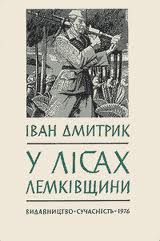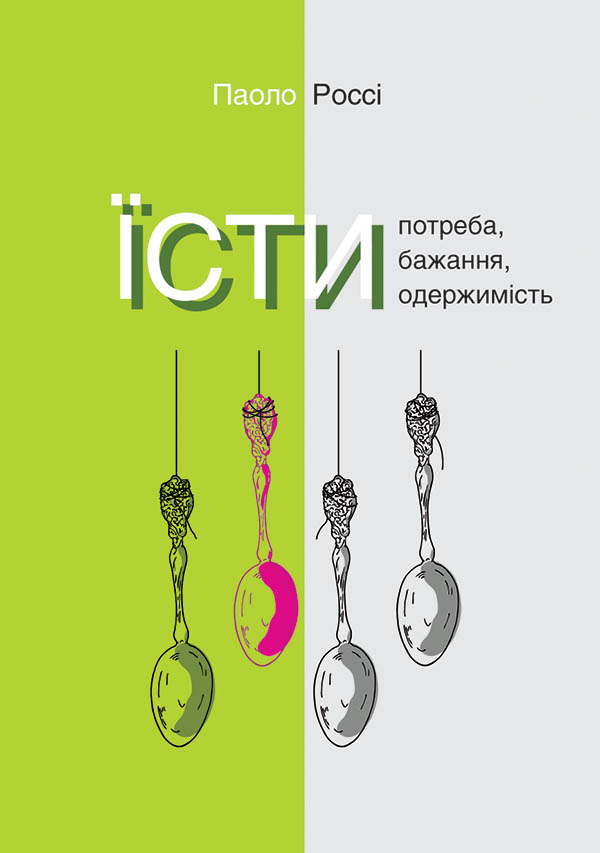Читати книгу - "Три сили. Як виховують в успішних спільнотах"
Шрифт:
Інтервал:
Додати в закладку:
587 Див. Zhou, “Negotiating Culture and Ethnicity”, p. 196; Louie, Compelled to Excel, p.43; див. також Rebecca Y. Kim,God’s New Whiz Kids? Korean American Evangelicals on Campus (New York and London: New York University Press, 2006), pp. 79–80.
588 Louie, Compelled to Excel, pp. 45–6.
589 Ibid., p. 43.
590 Див. Zhou, “Negotiating Culture and Ethnicity”, pp. 194–6; Louie, Compelled to Excel, pp. 43, 45–6;
591 Див., наприклад, Laurence Steinberg, Beyond the Classroom: Why School Reform has Failed and What Parents Need to Do (Simon & Schuster, 1996), pp. 85– 7; Pearce, “E.ects of Cultural and Social Structural Factors on the Achievement of White and Chinese American Students at School Transition Points”, p. 94; див. також Louie, Compelled to Excel, pp. 46, 47 (наведено слова респондента: «Своє китайське походження я сприймав як перевагу, бо вважав, що належу до кращої традиції робочої етики»).
592 Див., наприклад, Louie, Compelled to Excel, pp. 39–40, 46–8; Wang, “Interlopers in the Realm of High Culture”, pp. 892, 894, 896.
593 Wang, “Interlopers in the Realm of High Culture”, pp. 892, 894, 896; див. також Louie, Compelled to Excel, pp. 47–8 (наведено слова респондентки про те, що, «на відміну від латиноамериканців, темношкірих і білих», вона могла «примусити себе вчитися», навіть коли була втомленою).
594 Pew Research Center, “The Rise of Asian Americans”, p. 135.
595 Wang, “Interlopers in the Realm of High Culture”, p. 892.
596 Електронний лист до Емі Чуа від 2 липня 2012 року (документ у авторів). Засновник Zappos Тоні Шей описує аналогічне виховання:«У мене були типові американські батьки. […] Вони вимагали високих оцінок від мене і двох моїх молодших братів. […] В окрузі Марін було небагато азійських родин, але батьки якимось чином змогли знайти увесь той десяток їх, і ми часто збиралися разом. […] Діти дивилися телевізор, а дорослі в іншій кімнаті спілкувалися і вихвалялися досягненнями дітей. […] Після вечері діти мали грати [на фортепіано або скрипці] перед усіма батьками. Ми нібито розважали батьків, але насправді це дозволяло їм порівнювати своїх дітей з чужими». Hsieh, Delivering Happiness, pp. 7–8; див. також Li, Cultural Foundations of Learning, p. 207; Jin Li, Susan D. Holloway, Janine Bempechat & Elaine Loh, “Building and Using a Social Network: Nurture for Low-Income Chinese American Adolescents’ Learning”, in Hirokazu Yoshikawa & Niobe Way eds., Beyond the Family: Contexts of Immigrant Children’s Development, vol. 121 (2008), pp. 9, 18.
597 Louie, Compelled to Excel, pp. 42, 107, 136–7; Zhou, “Negotiating Culture and Ethnicity”, pp. 195–6.
598 Anita Raghavan, The Billionaire’s Apprentice: The Rise of the Indian-American Elite and theFall of the Galleon Hedge Fund (New York and Boston: Business Plus, 2013), p. 361.
599 Див. Baumeister and Tierney, Willpower, pp. 194–5; Dr. Soo Kim Abboud and Jane Kim, Top of the Class: How Asian Parents Raise High Achievers — and How You Can Too (New York: Berkeley Books, 2006); див. Clara C. Park, “Educational and Occupational Aspirations of Asian American Students”, in Clara C. Park, A.Lin Goodwin & Stacey J. Lee, eds., Asian American Identities,Families, and Schooling (Greenwich, CT: Information Age Publishing, 2003), pp. 135, 148 (дослідження 978 білих, китайських, японських, корейських та інших старшокласників на півдні Каліфорнії показало, що «корейські учні з-поміж усіх груп мають найвищі прагнення у навчанні» і водночас «зазнають найбільшого впливу батьків»).
600 Електронний лист від юнака південноазійського походження до Емі Чуа, надісланий 7 квітня 2011 року (документ у авторів); див. також Pew Research Center, The Rise of Asian Americans (Washington, D.C.: Pew Research Center, April 4, 2013) (updated edition) p. 46 («Американці індійського походження вирізняються з-поміж більшості азійських груп у США, коли йдеться про значення, якого вони надають батьківському вихованню. 78% американців індійського походження кажуть, що бути хорошими батьками — одна із найважливіших їхніх персональних цінностей»); Parag Khanna, “Confessions of a Tiger Dad”, Hu.ngton Post, July 31, 2013, http://www. hu. ngtonpost.com/parag-khanna/confessions-of-a-tiger-dad_b_3682869. html.
601 Електронний лист від юнака індійського походження до Емі Чуа від 15 травня 2012 року (документ у авторів); див. також Bandana Purkayastha, Negotiating Ethnicity: Second Generation South Asian Americans Traverse a Transnational World (New Brunswick, NJ: Rutgers University Press, 2005), pp. 91–3; Nitya Ramanan, “Raising an Indian American Teen”, India Currents, June 4, 2012, http://www.indiacurrents.com/articles/2012/06/04/raising-indian-american-teen
602 Patricia Ngozi Anekwe, Characteristics and Challenges of High Achieving Second-Generation Nigerian Youths in the United States (Universal-Publishers, 2008) (цитати респондентів).
603 Kim, God’s New Whiz Kids?, pp. 79–80; Ramanan, “Raising an Indian American Teen”.
604 Carl L. Bankston and Min Zhou, “Being Well vs. Doing Well: Self-Esteem and School Performance among Immigrant and Nonimmigrant Racial and Ethnic Groups”, International Immigration Review 36, no. 2 (2002), pp. 389, 393, 395; Park, “Educational and Occupational Aspirations of Asian American Students”, pp. 148–53; див. також John U. Ogbu and Herbert D. Simons, “Voluntary and Involuntary Minorities: A Cultural-Ecological Theory of School Performance with Some Implications for Education”,Anthropology & Educational Quarterly 29, no. 2 (1998), pp. 155, 172–3, 176; Lingxin Hao and Melissa Bon-stead-Bruns, “Parent-Child Di.erences in Educational
Увага!
Сайт зберігає кукі вашого браузера. Ви зможете в будь-який момент зробити закладку та продовжити читання книги «Три сили. Як виховують в успішних спільнотах», після закриття браузера.
























